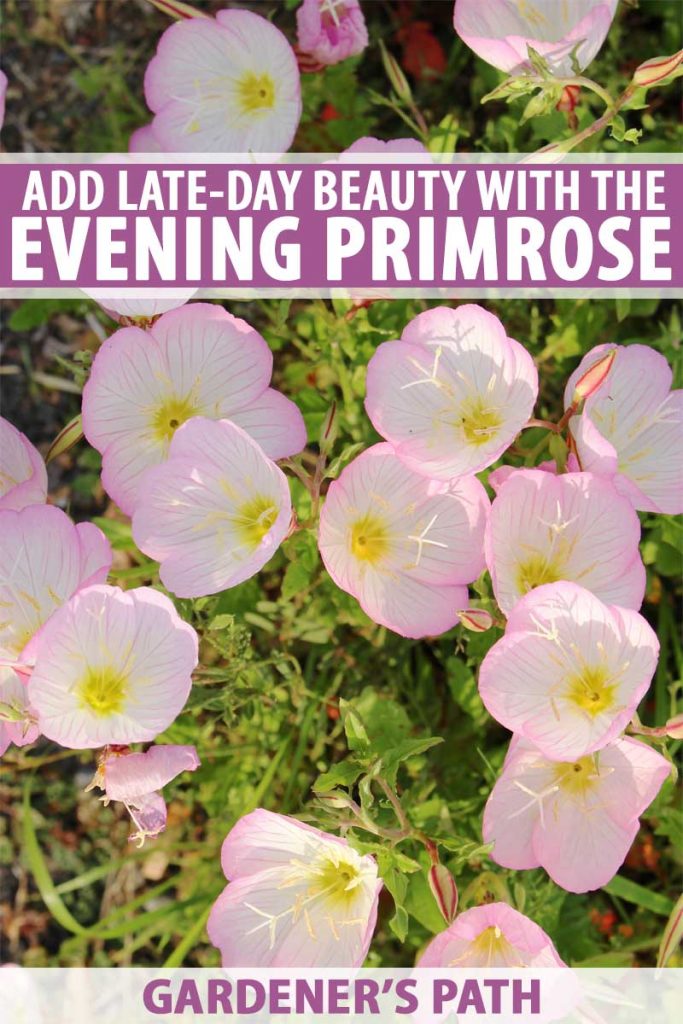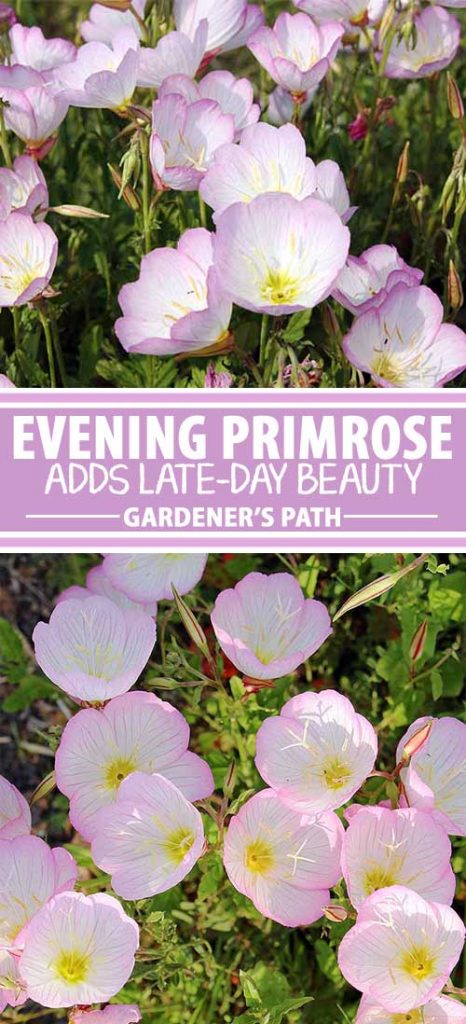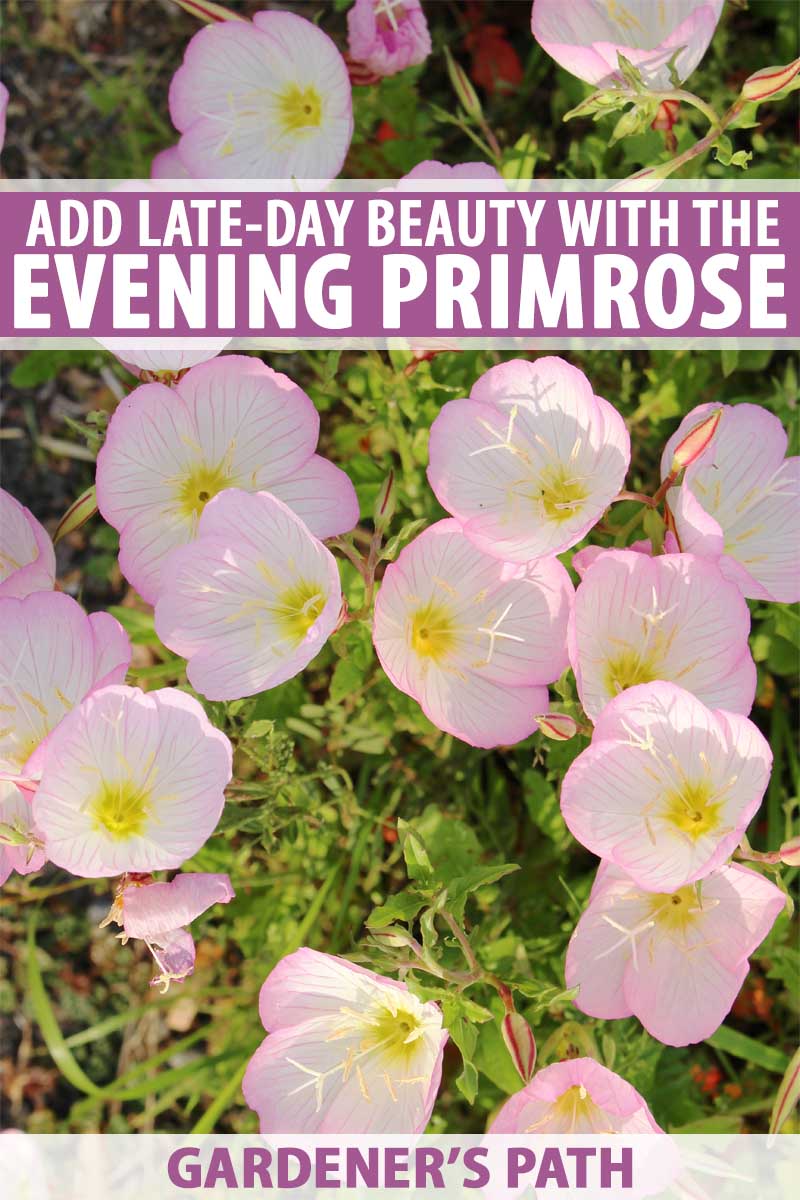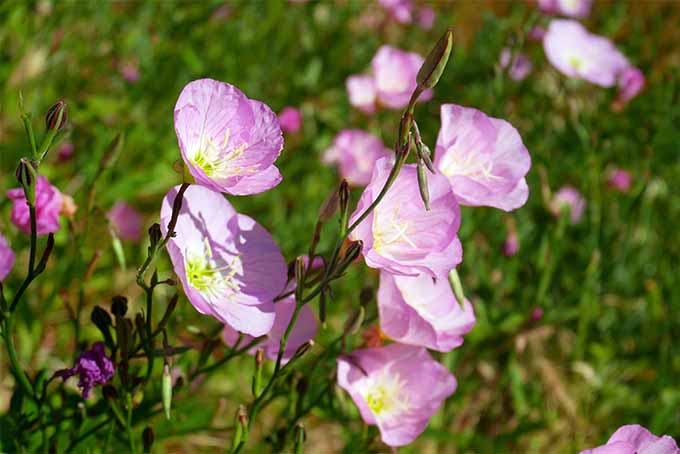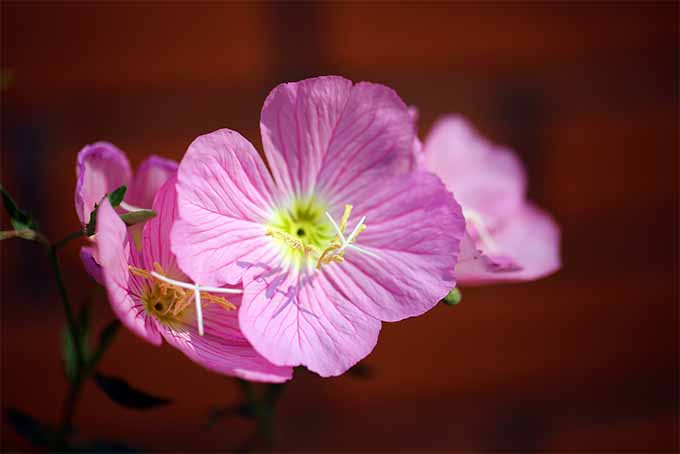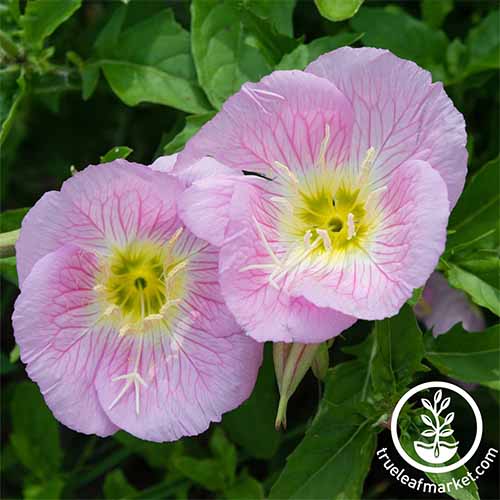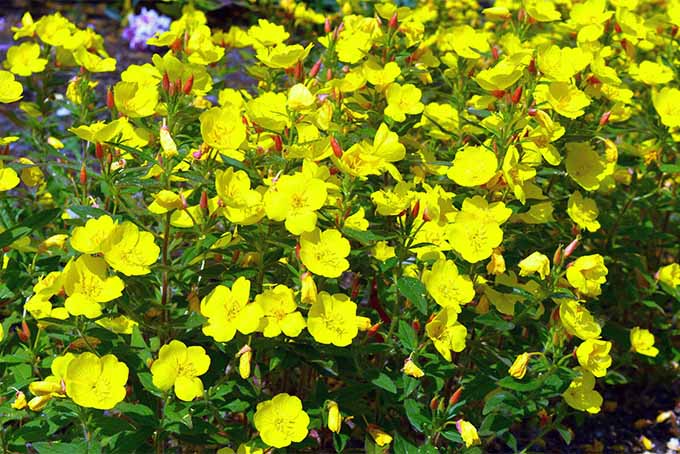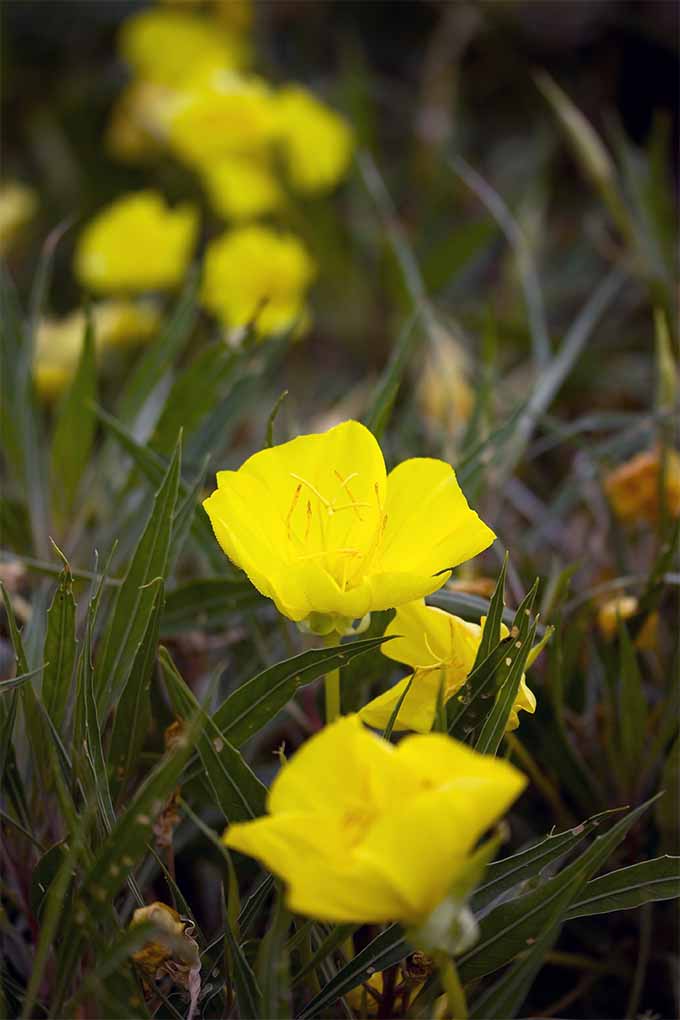It’s also grown for its beauty. Oenothera displays large, goblet-like flowers in yellow, white, or pink — each bloom with four petals. Evening primrose is so named for its habit of only showing its attractive flowers late in the day, similar to four o’clock, though it does leave them open until around mid-morning the following day. We link to vendors to help you find relevant products. If you buy from one of our links, we may earn a commission.
An American Original
Oenothera is native to North America but was taken to Europe in the 1600s, scientists surmise, where it has now naturalized. The plant has also traveled to many other parts of the world. Depending on the variety, this plant – also known as coffee plant, golden candlestick, and a host of other nicknames – can be biennial, annual, or perennial.
Some varieties have an upright growth habit, reaching heights of 6 feet and a width of 24 inches, where others are used as ground cover or for container plantings, growing no higher than 6 inches. Various varieties, some of which are quite fragrant, do well in zones 3-11.
Skin and Bones
Native Americans used the whole plant for treating bruises and used its roots for treating hemorrhoids. The leaves were traditionally used for tending to minor wounds, gastrointestinal issues, and sore throats. Today, oil pressed from the plant’s seeds is marketed in capsule form to help a number of conditions including eczema, rheumatoid arthritis, premenstrual syndrome, and osteoporosis. The gamma linolenic acid — a type of omega-6 fatty acid — contained within the oil is used by the body to regulate blood pressure and to keep the immune system functioning well. The root, which is said to have a light peppery taste similar to salsify, can be eaten raw or prepared as you would any root vegetable. Birds, perhaps seeking a little omega-6 of their own, enjoy eating the plant’s seeds, as do some humans who use them as one might use poppy seeds.
You Just Have to Decide Which One
There are dozens of varieties of oenothera.
Common evening primrose, Oenothera biennis L., can grow as tall as 6 feet. This biennial produces produces leafy stalks the first year, which are adorned by large, lemon-yellow flowers in the plant’s second year of life.
Basic Soil and a Little H2O
Primrose is widely adapted and, depending on variety, will do well in full sun to light shade. These plants are attractive in groupings, and the spreading forms make a lovely groundcover. O. Berlandieri, or Mexican evening primrose, on the other hand, is a spreading perennial. It only grows to a height of about 18 inches. Native to Missouri, Nebraska, Kansas, Oklahoma, Texas, and Mexico, this plant will grow in infertile soil, with minimum water and full sun. Evening primrose ‘showy’ (O. speciosa) also thrives in heat and is drought-tolerant. It grows 18 to 24 inches tall and displays pink, pale lavender, or white and pink flowers.
Evening Primrose ‘Showy’ Seeds You can find this variety at True Leaf Market. O. pallida, or pale evening primrose, is a low-growing biennial native to the western United States. Pale Evening Primrose Seeds Oenothera prefers well-drained soil and can tolerate high pH levels. It will do fairly well in poor soil, but it will really thrive in soil that has been amended with some organic matter.
Most varieties are quite drought tolerant, requiring little supplemental watering. You can propagate from seed or by division. You may be able to find seedlings at a garden center. Plant in spring when all danger of frost has passed.
I Think Not
Interestingly, some gardeners plant Oenothera as a trap plant to attract Japanese beetles away from other, “more desirable” plants, such as roses. Harumph.
Unfortunately, the plant is a tasty treat for lygus bugs and leafhoppers, as well as Japanese beetles. Try diatomaceous earth or insecticidal soap to banish these beasts.
Food, Medicine, Beauty
With dozens of varieties to choose from, we’re hard-pressed to come up with a reason why you wouldn’t add easy-care Oenothera to your garden.
Product photos via Everwilde Farms, True Leaf Market, and Seedville. Uncredited photos: Shutterstock. The staff at Gardener’s Path are not medical professionals and this article should not be construed as medical advice intended to assess, diagnose, prescribe, or promise cure. Gardener’s Path and Ask the Experts, LLC assume no liability for the use or misuse of the material presented above. Always consult with a medical professional before changing your diet or using plant-based remedies or supplements for health and wellness.
